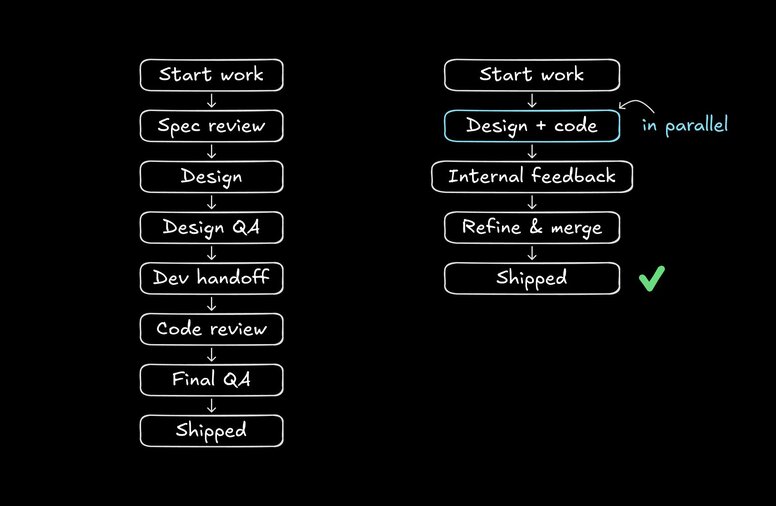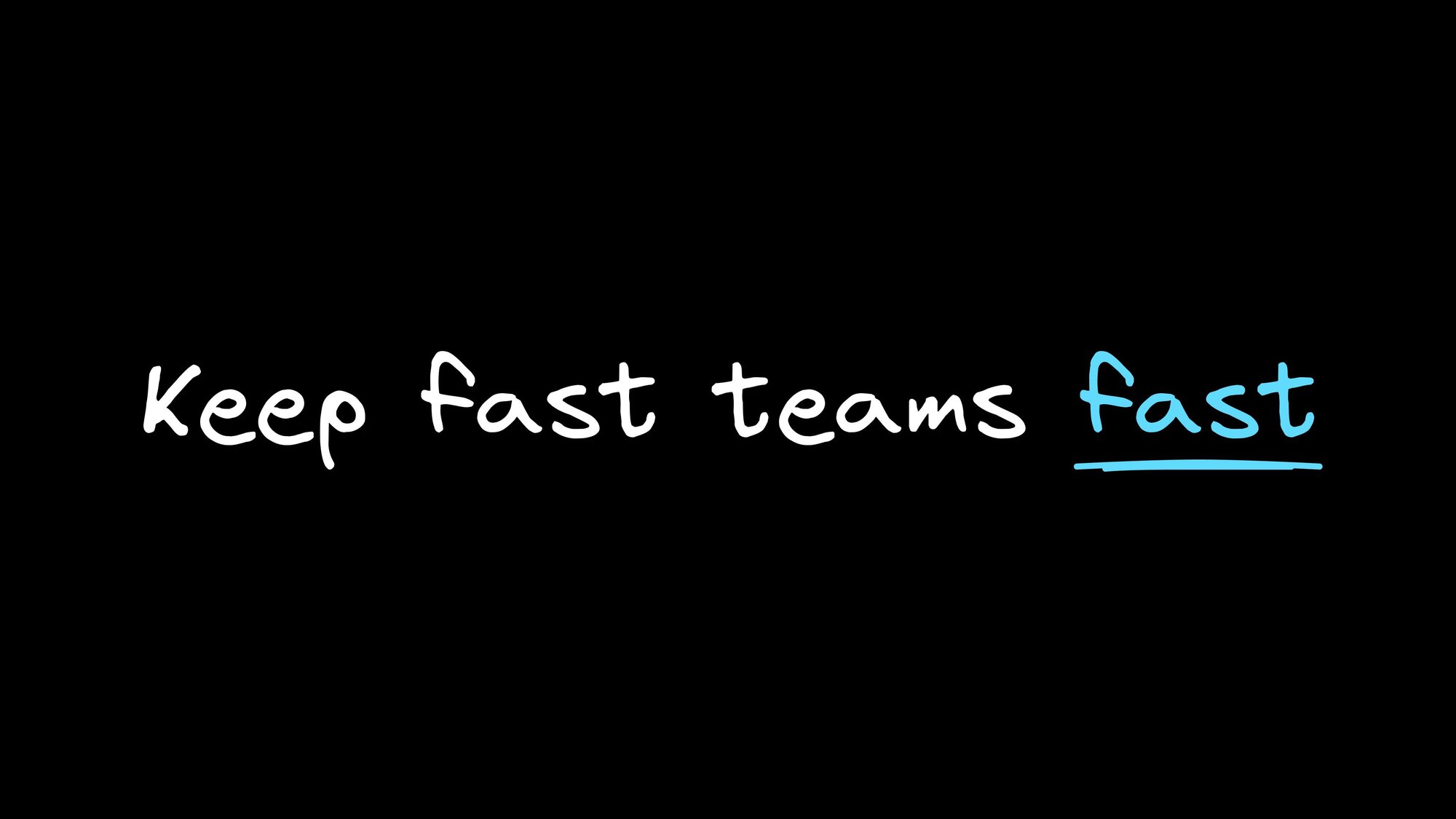At a startup, moving fast is easy. A few smart people, little red tape, and just enough process to stay upright. But most teams slow down as they grow. It doesn't feel like anything breaks, there's just more meetings, more people to align, more steps in the process. And before you know it, the same work takes 3x longer.
Even as we've grown, we've been able to still ship major features in days, not months. We've been able to keep this up because we've made some very deliberate workflow decisions, around AI, ownership, and velocity, that let us keep moving like a startup even as we scale like a company.
Here's what that looks like.
We've all seen the "normal" workflow:
- Product writes a spec
- Design mocks it up
- Engineering builds it
- Then QA, PM, and design review it
- Eventually it ships
This works fine on paper. But in practice, it creates layers of waiting. Waiting for the next step. Waiting for feedback. Waiting for sign-off. And each of those layers compounds, especially when someone's on PTO, in meetings, or busy with other priorities.
The actual work might take a day. But the full cycle? More like two weeks.
Instead of handoffs, we aim for parallelism.
Designers can build in code. Engineers can prototype without waiting on designs. PMs can tweak copy or flow logic directly. With tools like Fusion, everyone works in the product itself, in real time, with real data, so we're not waiting for the next role to catch up. We're co-creating.
Here's what that looks like in a single day:

We're not skipping steps. We're combining them.
Design review still happens. QA still happens. But they happen inside the process, not as separate gates that delay it.
There's this belief that moving fast is a startup privilege, that as you scale, slowness is just the cost of maturity. But that's a false tradeoff.
Amazon famously organizes its teams to be small, autonomous, and high-velocity. Jeff Bezos's warning was blunt: "Day 2 is stasis." Speed isn't just about moving quickly. It's how you stay alive.
Even Gartner reports that teams working in parallel, rather than relying on sequential handoffs, deliver significantly faster and with fewer coordination delays.
At Builder, we've found every unnecessary handoff is a tax on delivery. With AI, visual development, and shared context, individuals can do more themselves, so teams spend less time aligning and more time shipping.
In today's market, speed wins (read: slow loses). Not just because it gets you to market faster, but because it lets you learn faster. When you can ship something in a day, you can test an idea in a day. You can respond to feedback in real time. You can get compounding learning loops that your competitors can't keep up with.
Slower teams might have better specs. We have better iteration speed. And that means better outcomes.
The tools exist now to move faster at scale. But you have to choose them. You have to architect for them.
We're betting everything on that. So far, it's working.
If you're wondering how to parallelize your efforts, try Fusion - our Visual IDE that we use to code as a full team, and I'd love to hear your feedback.
Builder.io visually edits code, uses your design system, and sends pull requests.
Builder.io visually edits code, uses your design system, and sends pull requests.




 Connect a Repo
Connect a Repo








